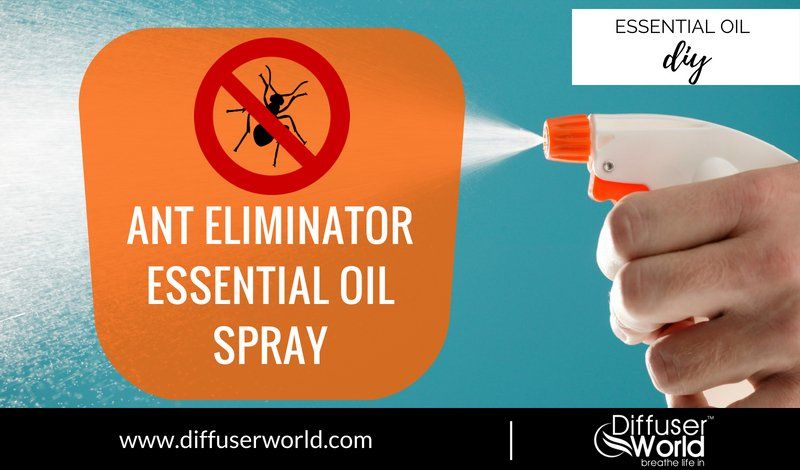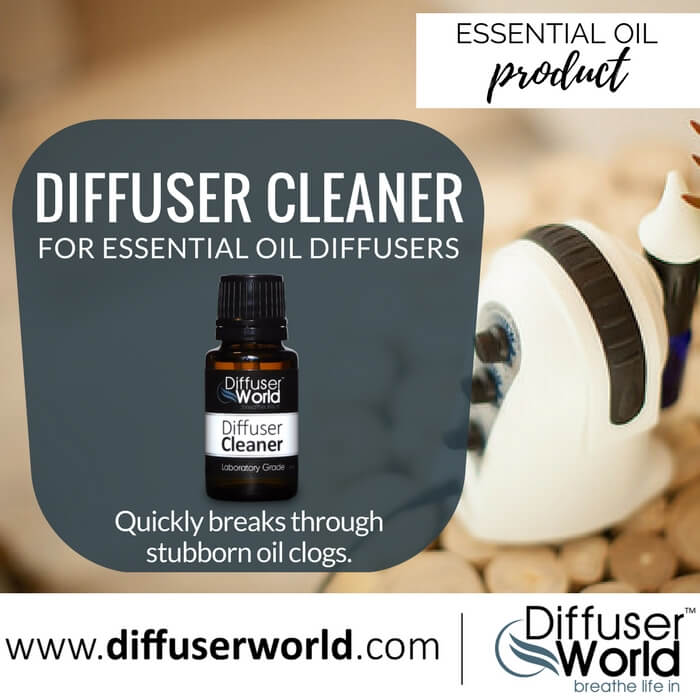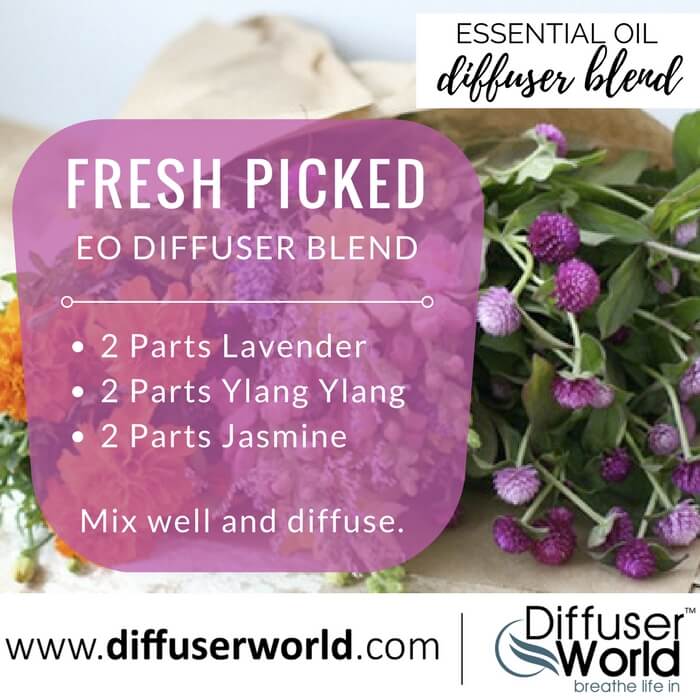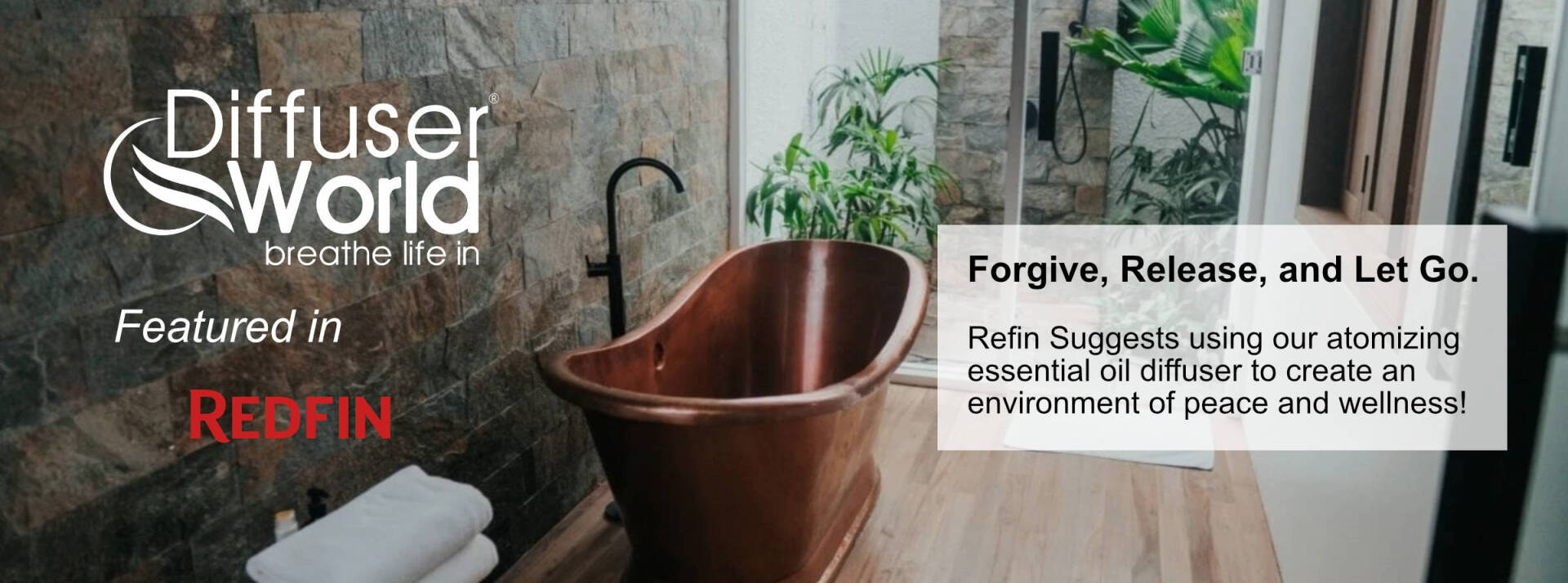The Ant Eliminator Blend

Ants are one of the most common household pests in the US. If you see ants in your home, it’s not a sign of a dirty home, it’s simply a sign of ants’ tenacity and survival instincts helping them adapt to the modern age. Not only are they a pesky nuisance but certain species of ants pose serious health risks by infecting your kitchen with harmful pathogens. The Ant Eliminator Blend Spray is a safe DIY method to get rid of ants naturally.
Before you do anything, however, it’s important to make your home as unappealing to ants as possible. Remove tempting food sources. Keep your kitchen and food preparation areas, including the sink and sink trap, as clean as possible. Look around the baseboards, doors and windows to find where the ants are getting into your home, then seal these areas. Most ants prefer to nest outdoors, traveling into homes to seek food.
10 Ways to Get Rid of Ants
Assuming you do have ants and not termites, there are many ways to get rid of ants.
- Essential oils: You can use essential oils such as peppermint, citrus oil and tea tree oil to make an ant-repellent spray. Purchase a clean spray bottle and fill it with 1/4 cup of water, 15 drops of tea tree oil, 15 drops of peppermint oil and seven drops of the citrus oil of your choice. Shake it well and spray it around areas where ants are common, including baseboards. Do NOT use this oil in the kitchen or on surfaces where you prepare food. Use a mix of 15 drops peppermint oil and seven drops lemon oil with water to spray food-preparation areas. See the Ant Eliminator Essential Oil Spray recipe below.
- Vinegar: This vinegar spray makes great natural ant repellent. Mix equal amounts of common white vinegar and water in a spray bottle and spray areas where ants enter the home.
- Cinnamon: Cinnamon, the spice found in your pantry or the grocery store, can be sprinkled around scent trails and baseboards to ward off ants naturally.
- Diatomaceous earth: Diatomaceous earth is a natural home and garden product that kills all types of insects without harming people, pets or the environment when used as directed. It’s comprised of rocks lined with tiny fossils called diatoms. When ground into a fine powder, it contains miniscule sharp points, which cut into insects and kill them. Sprinkle it generously around baseboards and areas where ants are frequently seen.
- Wash away the scent trails: Ants use invisible scent trails like street signs to guide their companions to food sources. If one ant finds a juicy supply, such as your dog’s food bowl or your kitchen garbage can, it will lay down a scent trail to help the rest of the colony find their way. Wash away the scent trail with common dish-washing liquid soap. Fill a pail with warm water and a squirt of dish soap, then wash the area where you see the ants traveling to and from the food source. You may need to repeat this several times to completely eradicate the scent trails.
- Castile soap spray: Castile soap is an old-fashioned remedy that you can use in a spray to kill ants naturally. You can find cakes of castile soap in natural health food stores or some old-fashioned general stores. Crumble it up, and mix 1/4 cup of soap with a few drops of peppermint oil and one quart of water. Shake and spray around ants to kill them. Dr. Bronner’s liquid soap is a castile soap product that is often recommended for natural ant killer sprays.
- Poison-free ant traps: Victor® Poison-Free® Insect Magnet® Traps are inexpensive and generally safe to use around pets and kids. Each trap has a pheromone that lures ants and other crawling bugs into the sticky box.
- Chalk: Yes, common chalk is a good ant deterrent. You can grind up white chalk found in any stationery store or buy powdered chalk in a bottle at a hardware store. Use the squeeze-bottle chalk to draw a line around your baseboards and food items. Ants won’t cross the chalk line!
- Cornmeal: Sprinkle cornmeal around ant nests and entry points. It doesn’t kill ants, but repels them naturally.
- Aspartame: Sugar substitutes such as aspartame contain a poison that can kill ants. Mix powdered aspartame products into apple juice and place inside container traps. Ants take the bait, poison themselves and poison the colony.
Ant Eliminator Essential Oil Spray
- 15 drops of tea tree oil
- 15 drops of peppermint oil
- 7 drops of any citrus essential oil
- 1 tsp cayenne pepper (optional)
- 8 ounces water
Fill a spray bottle with water and all the ingredients. This cocktail will kill ants on contact. It will also provide a powerful deterrent along ant trails and inside of any cracks or crevices where they are entering you home.
Ant Facts
There are more than 700 ant species found in the U.S., although only about 25 species commonly infest homes. Ants are social insects that typically live in underground colonies, made up of workers and a queen. Ants will eat practically any kind of food, but are especially attracted to sweets. Ant identification is relatively simple due to their three distinct body regions: head, thorax and abdomen, as well as antennae. Despite similar construction, ants vary in overall appearance. Small or large ants and brown or black ants are common nicknames for different species.
- The total mass of every ants on this planet is just about equal to the total mass of all living people. Scientists estimate that for every human on earth, there are close to 2 million ants!
- An ant can lift 20 times its own body weight. If a second grader was as strong as an ant, she would be able to pick up a car!
- Some queen ants can live for many years and have millions of babies!
- Ants don’t have ears. Ants "hear" by feeling vibrations in the ground through their feet.
- When ants fight, it is usually to the death!
- When foraging, ants leave a pheromone trail so that they know where they’ve been.
- Queen ants have wings, which they shed when they start a new nest.
- Ants don’t have lungs. Oxygen enters through tiny holes all over the body and carbon dioxide leaves through the same holes.
- When the queen of the colony dies, the colony can only survive a few months. Queens are rarely replaced and the workers are not able to reproduce.
Editor’s Note/Disclaimer: The information in this article is not a substitute for professional medical advice, diagnosis, or treatment. Always seek the advice of a physician or other qualified health provider with any questions you may have regarding a medical condition and before undertaking any diet, supplement, fitness, or other health programs. Diffuser World and the ownership of Diffuser World will make no specific medical claim or provide any medical advice. Articles contributed to this platform may be provided by third parties and do not necessarily represent the opinions or beliefs of any Diffuser World representative or the ownership of Diffuser World. Please seek out a medical professional or veterinary professional regarding any questions you may have about the use of any products sold by Diffuser World.





